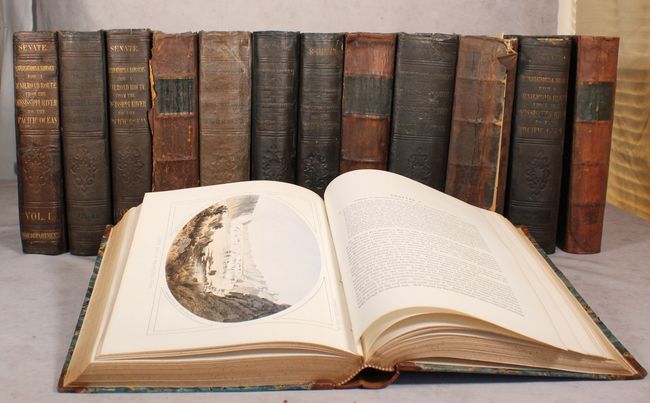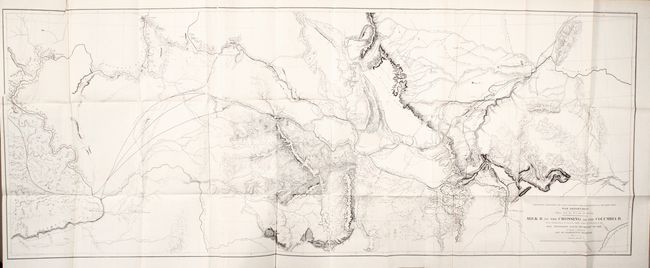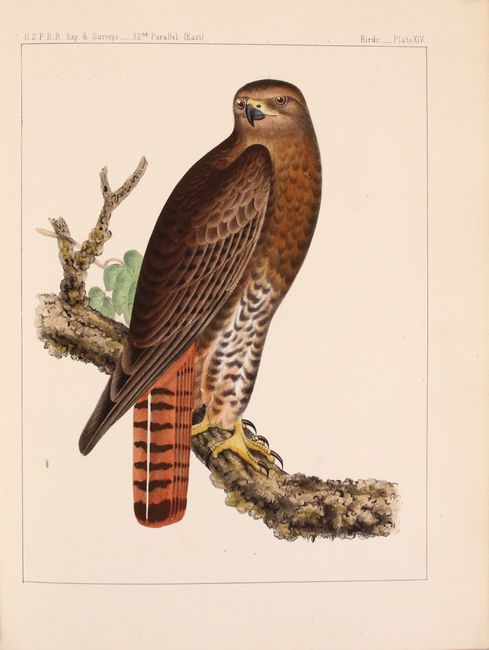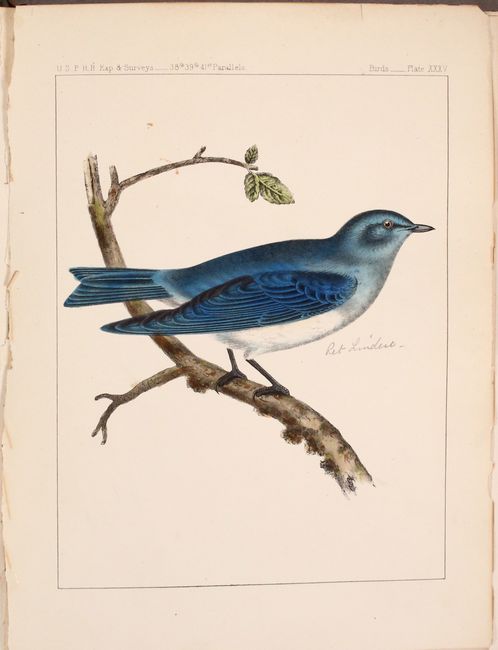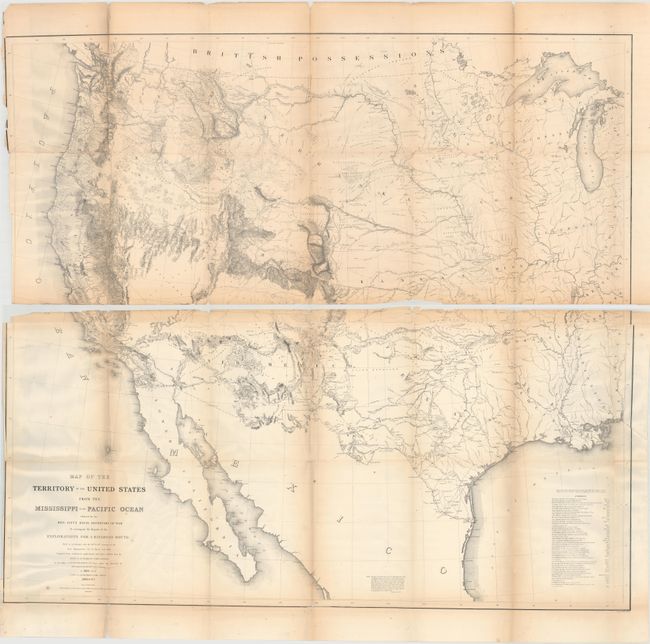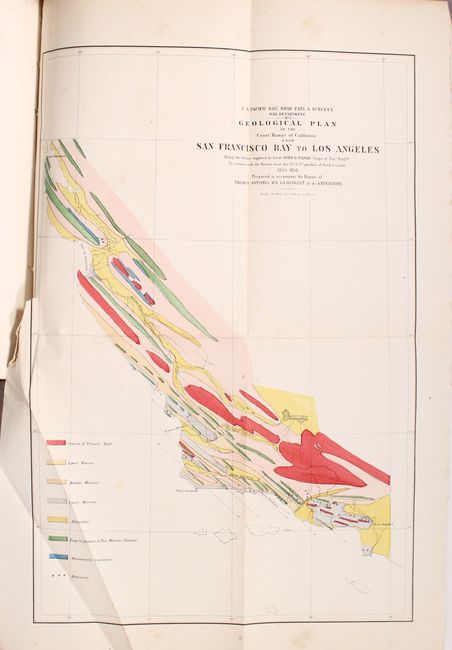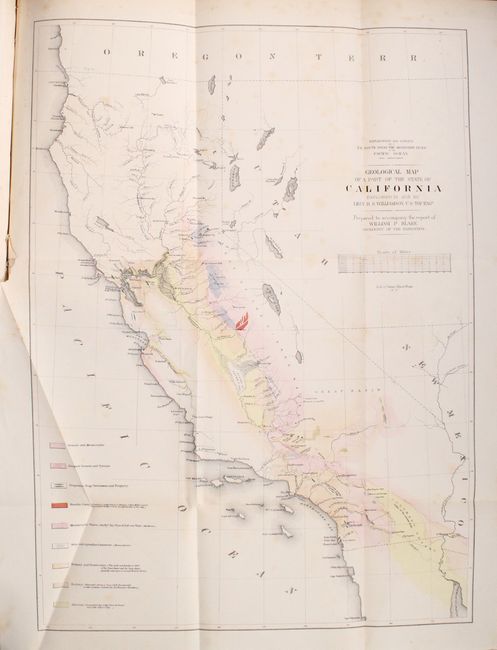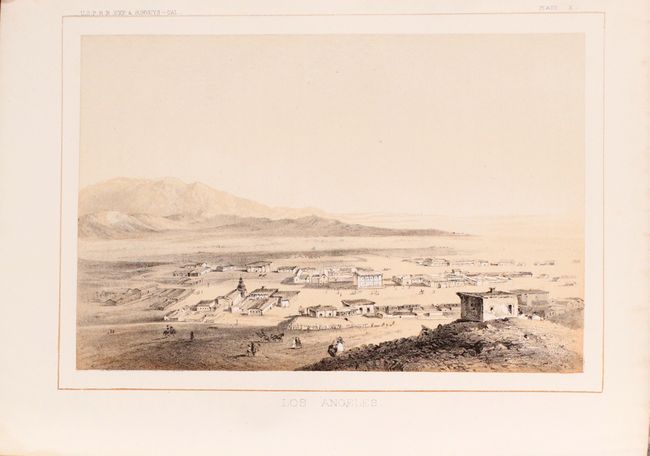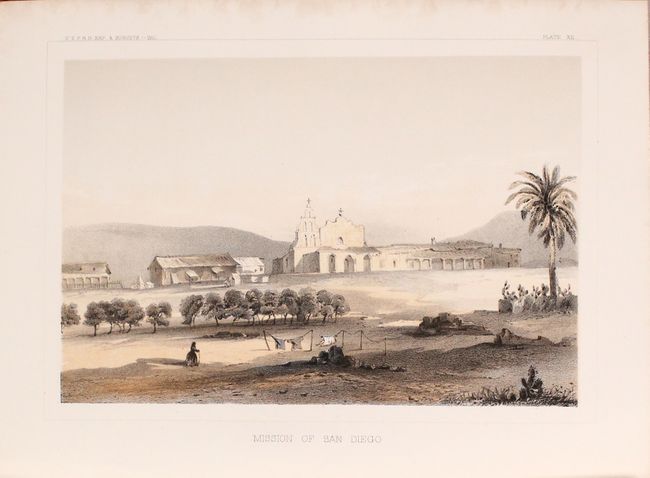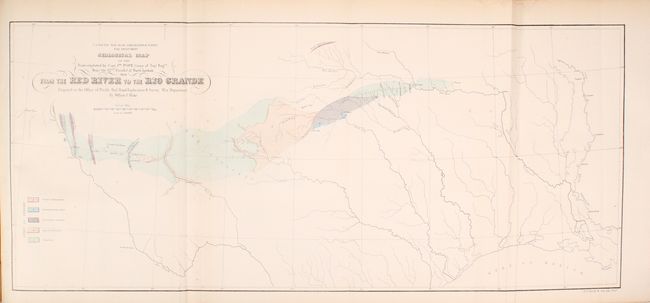Catalog Archive


Auction 174, Lot 805
Full Twelve-Volume Set of Monumental Railroad Survey
"[13 Volumes] Reports of Explorations and Surveys, to Ascertain the Most Practicable and Economical Route for a Railroad from the Mississippi River to the Pacific Ocean...1853-6", U.S. Railroad Surveys
Subject: Exploration & Surveys
Period: 1855-60 (published)
Publication:
Color: Printed Color
Size:
9 x 11.8 inches
22.9 x 30 cm
Download High Resolution Image
(or just click on image to launch the Zoom viewer)
(or just click on image to launch the Zoom viewer)
